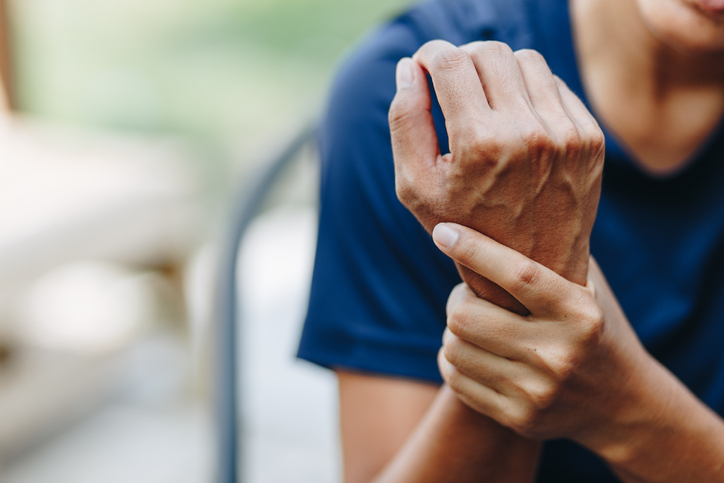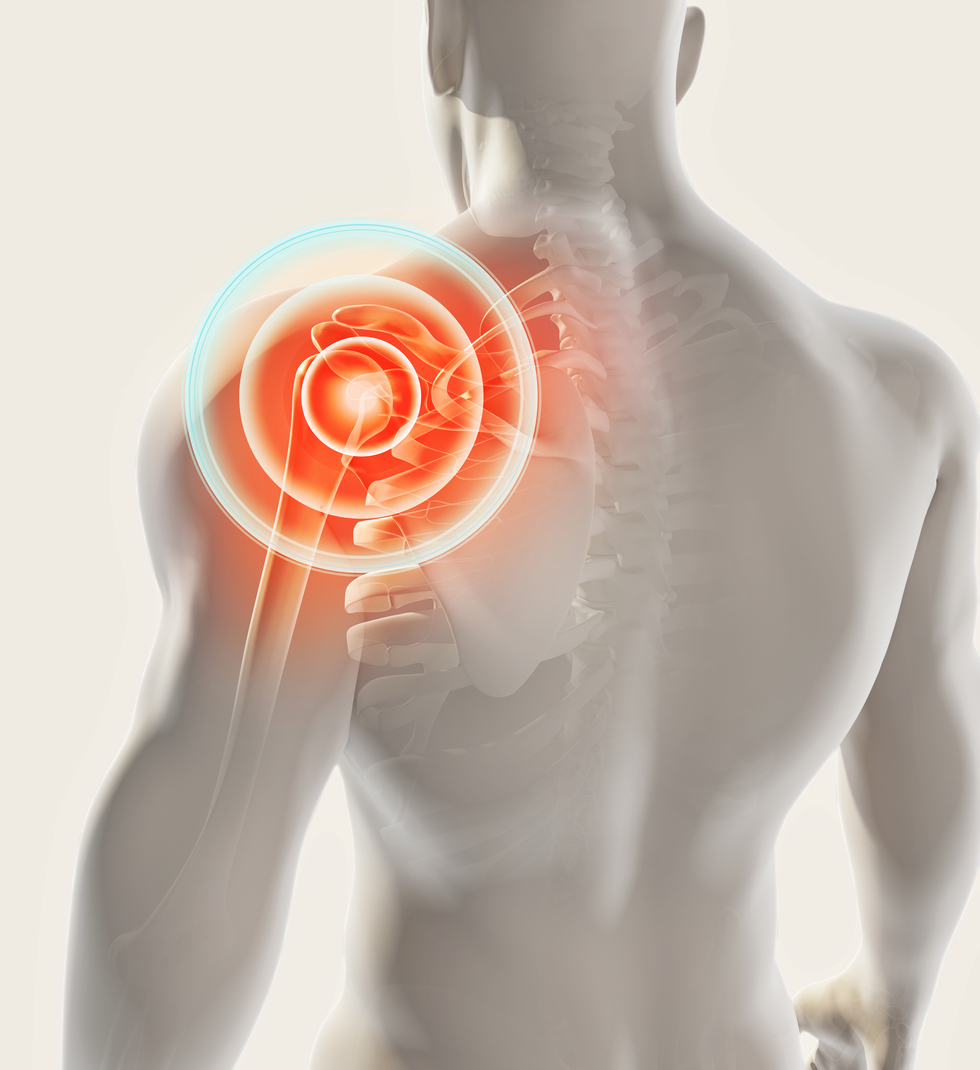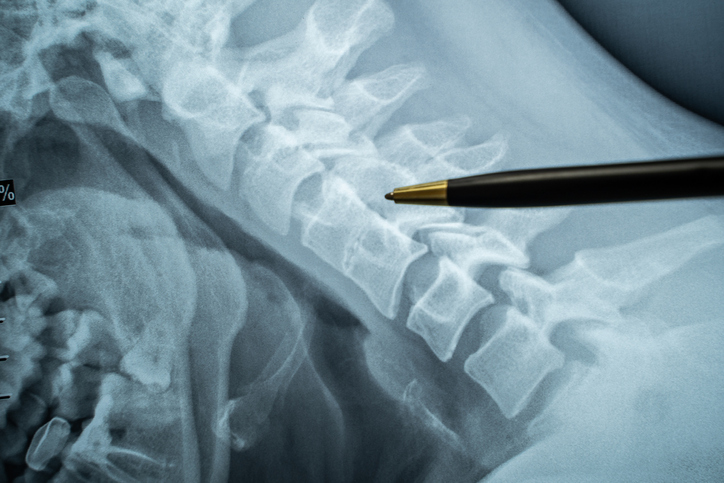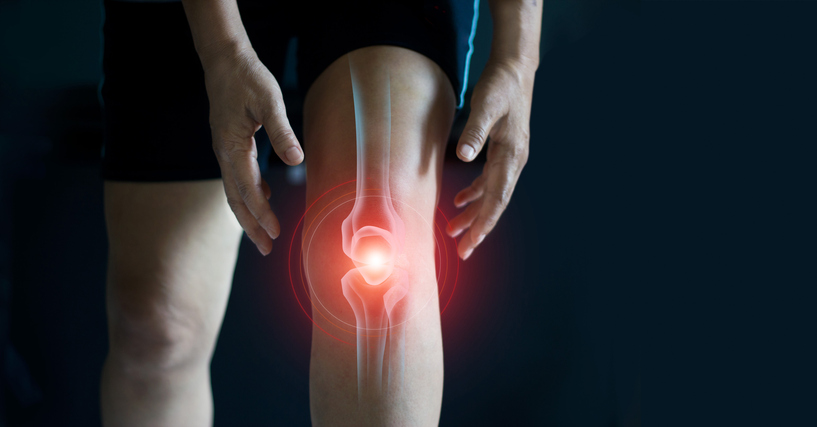Pain
Is Gender Bias in Pain Treatment Still Prevailing?

Historically, there has been a great disparity in care between men and women in the health care system. Despite progress being made, there are numerous areas that still need to be addressed. One such area in which gender bias is still prevalent is pain treatment.
Medical concepts
An estimated 70% of individuals with chronic pain are women. Approximately 80% of pain studies are conducted on male mice or male humans. In fact, the research and understanding of concepts surrounding most medical conditions are based on how they present in males. Females, for instance, are seven times more likely than men to be misdiagnosed and discharged while actively having a heart attack. This is because heart attack symptoms vary between men and women. Similarly, women are less likely than men to be diagnosed with autism due to a difference in how the condition presents. If diagnostic criteria and other medical concepts are based largely on studies involving men, women will not receive the same quality of care.
Pain control
There is a significant difference in how health care handles pain control in males versus females. Procedures, such as colonoscopies, cystoscopies, endoscopic ultrasound scans, gastroscopies, and urinary catheter insertions, are painful and invasive procedures that are performed on males. They all include pain relief and/or anesthetics as part of the standard of care as recommended by the National Health Service in the UK. However, many procedures that are performed on females, including hysteroscopies, internal ultrasound scans, colposcopies, cervical screenings, medical abortions, and the insertion of intrauterine devices (IUDs), do not have pain relief or anesthetics as part of the standard of care.
When women go to the emergency department with acute abdominal pain, they are less likely to receive pain relief medications than men with the same symptoms. It has also been shown that between women and men, women are less likely to be classed as an urgent case and tend to have longer waiting periods before they receive treatment. Women were more likely, however, to be diagnosed with a psychiatric disorder and prescribed antidepressants.
Disbelief
Women often report that they have been patronized, belittled, ignored or disbelieved when they seek medical treatment. One prominent example of this is a condition called “endometriosis,” which is an incredibly painful disorder that causes the uterine lining to grow on the outside of the uterus. Endometriosis is typically not diagnosed for seven and a half years after its onset, even with 58% of these individuals having seen their primary care physician over ten times.
Transgender pain treatment
There is very little research and understanding of pain treatment in transgender individuals. This is partly due to the fact that studies regularly use the terms “gender” and “sex” interchangeably, and do not account for intersex individuals or those who have been on hormone replacement therapy (HRT). This creates barriers to chronic pain care in the LGBTQIA+ community. Everyone deserves equitable access to a safe, helpful and positive health care environment, and to receive treatment for all individual needs, regardless of their sexual attraction, physical sex, or gender.


















